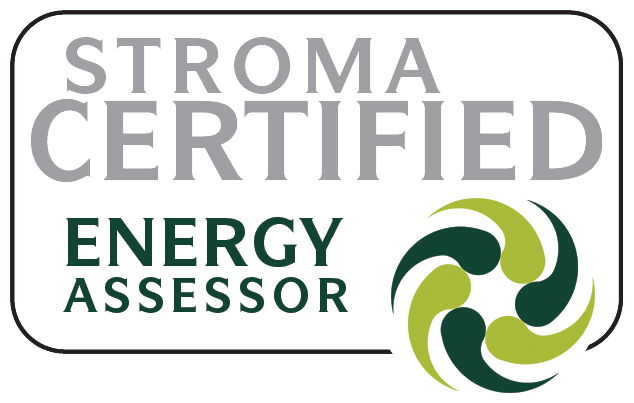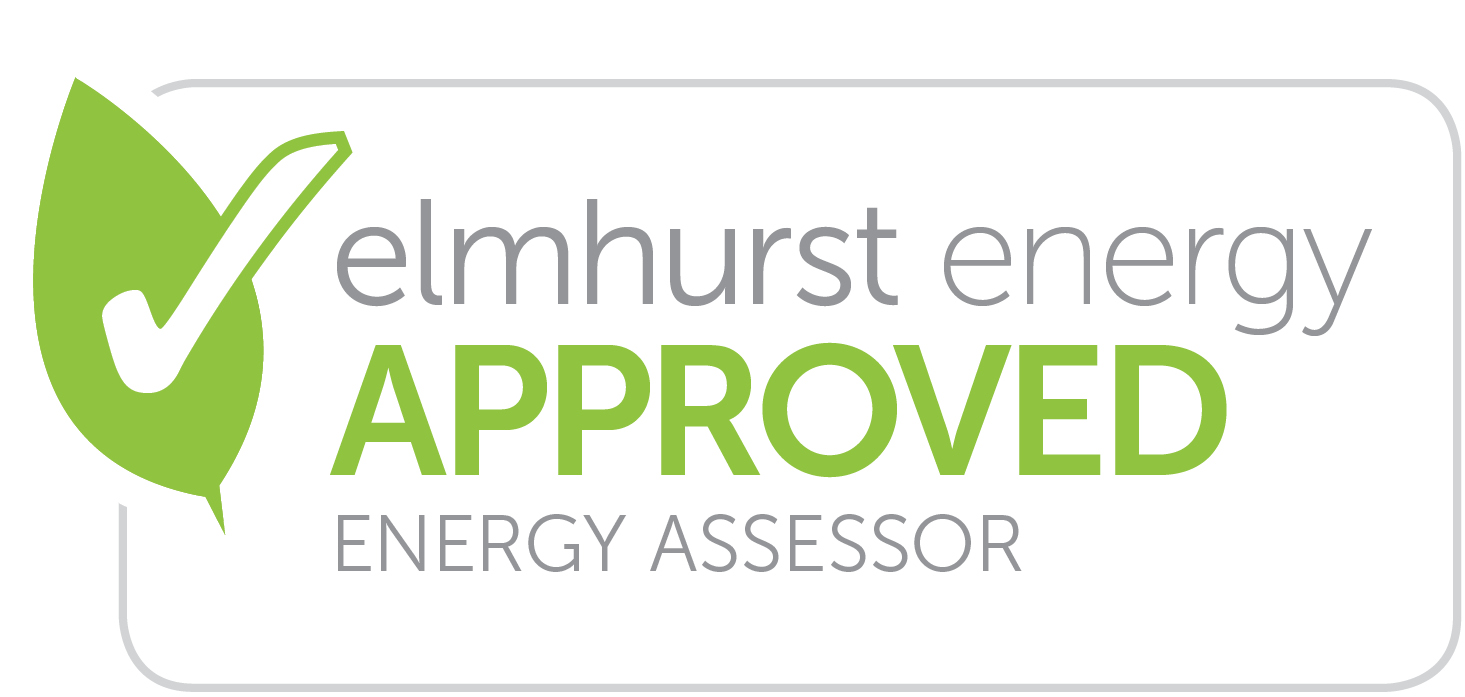The Future Homes Standard has been highly publicised within the construction industry. As such there has been much focus on the future date of 2025 when the FHS is due to come into force, bringing with it the requirement of a 75-80% reduction in CO2 over current Building Regulation levels.
However, more pertinent and, indeed more pressing, is the Interim Update of the Building Regulations due to come into force in June 2022.
Yes. NEXT YEAR!
To date, we have been given a reasonable amount of information, though full details are yet to be confirmed by the new Department for Levelling Up, Housing and Communities.
With less than 7 months to go, this leaves little time for the industry to really understand how changes will affect both the construction and compliance of residential and commercial property.
The Interim Update and SAP
The Interim Update, at least for the residential construction sector, will be driven by an updated version of SAP. The current version of SAP (SAP 2012) has been in use since 2014 and has had no major update in the last 7 years.
SAP was due to be updated in 2015/16, with a new version called SAP 2016. However, this was cancelled along with the government’s intention to improve the energy efficiency of residential buildings.
SAP 10
5 years on, we now have a draft or beta version of SAP 10. Although this was launched back in 2018, SAP 10 was never put into practice. The main changes in SAP 10 over SAP 2012 are:
- Changes to fuel CO2 factors – making the use of electric heating more favourable. This better reflects the country’s move away from fossil fuel-based electricity generation to a large proportion of electricity generated from renewable and nuclear. The CO2 Conversion Factor (the amount of CO2 understood to be released for each kWh of heat) for electricity was reduced by half, bringing electricity more in line with gas.
- A move towards bespoke thermal bridging – thermal bridging is understood to be key to increasing the energy efficiency of homes. Currently, home builders and SAP assessors use a published standard set of thermal bridges and the Lamda values. SAP 10 encourages more innovation in this area for designers and energy efficiency consultants to calculate thermal bridges for each project.
- A reduction in assumed ventilation creates a knock on to overheating risk – overheating in residential buildings is seen as a significant problem due to climate change, increased glazing, and smaller residential properties.
- Bath and shower flow rates will be included – greater detail on the water usage within homes will be required. At present, there is little on record about this.
- Lighting calculations will include daylight and technologies – as with water, this is an area where little detail is currently recorded. More detail regarding lighting will be required to ensure energy-efficient lighting is installed.
SAP 10.1
A little like a mid-season update, SAP 10.1 was put out for BETA testing and a few minor tweaks were carried out to the residential energy modelling software. Launched back in 2020, SAP 10.1 had the following changes:
- The electricity emission factor and primary energy factor are further reduced. Initially, this was 0.516, then 0.233, and now sits at 0.136kgCo2e/kWh, which is the lowest emission factor among the fuels. However, electricity will have the highest primary energy factor, of 1.501.
- Flow rates of baths and showers will affect the hot water demand, thus more baths mean more energy used and increased difficulty in gaining the SAP pass.
- Distribution Heat losses associated with the District Heat Networks (DHN) will be increased up to 50%.
- Lighting energy consumption. The energy consumption of lighting will be calculated based on the amount of lighting and the lighting efficacy (Lumens/Watts).
- Heat losses for Heat Interface Units (HIU) will come from a product database.
- Excess electricity from PV panels can be stored. The use of battery storage will now be an option.
- Solar thermal and space heating – SAP 10.1 will include the option to use solar thermal for space heating (and not just hot water).
A Quick Guide to SAP Calculations
Conclusion
So, what do all these changes really mean?
SAP is being significantly updated and we think this is long overdue. SAP was becoming a bit outdated, and these updates are being made with the future in mind.
There is obviously a significant move to electric heating and a move away from fossil fuels, which brings opportunities as well as challenges. Electricity currently costs three times as much as gas, so other means of heating buildings are going to be needed.
Heat pumps have the potential to fill the gap. There is much debate currently about heat and air pumps and we will cover the pros and cons in a future article. Suffice to say for now that they can work well in new build houses and buildings, but they can be much harder to integrate into existing properties.
The next iteration, SAP 10.2, is currently being finalised before planned implementation in the New Year and then Building Regulations can then be updated accordingly.
The clock really is ticking with the new Building Regs due to come into force in under 7 months, so if you need help or guidance for your projects, please do get in touch. You can email us at info@energyreport.co.uk or call us on 01489 883231.
We will be sharing the information that you need to know to stay compliant through the journey to Net Zero 2050 and the Future Homes Standards, so you may also like to subscribe to our email updates and follow us on LinkedIn to stay in the know.








 We use Energy Report as our main Energy Performance Certificate provider. They are always very quick to act on an instructions and provide a very competitive quote. The report is turned around very swiftly and they are helpful and polite when answering queries. We have no hesitation at all in recommending Energy Report to any of our clients as they always provide excellent service.
We use Energy Report as our main Energy Performance Certificate provider. They are always very quick to act on an instructions and provide a very competitive quote. The report is turned around very swiftly and they are helpful and polite when answering queries. We have no hesitation at all in recommending Energy Report to any of our clients as they always provide excellent service.